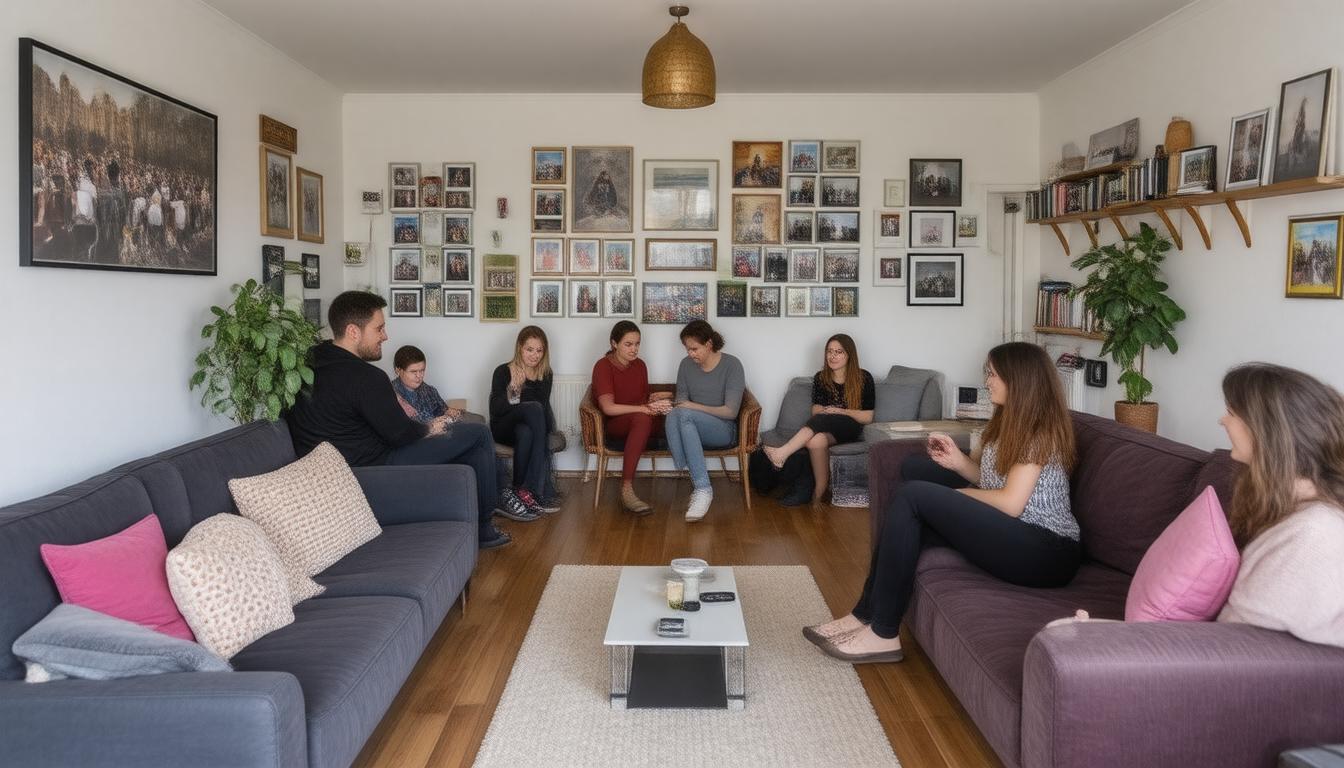In recent years, Kent has witnessed a significant surge in the number and popularity of Houses in Multiple Occupation (HMOs), with nearly 2,000 properties across the region now classified as such. These HMOs create unique living conditions where residents rent rooms individually within shared properties, often sharing common facilities. Despite their growing prevalence, concerns surrounding the quality of life within these shared homes continue to intensify, with some critics likening them to modern-day slums. Notably, one of the largest HMOs in Kent boasts an astounding 52 bedrooms, while others, such as a 40-bedroom unit in Gravesend, highlight the scale of this trend. As new HMOs emerge, community members have expressed their unease, primarily citing potential increases in anti-social behavior and parking issues. Through interviews with tenants, landlords, and local politicians, it becomes clear that experiences within HMOs are mixed; for instance, long-time resident John Moran from Canterbury emphasizes a relatively harmonious living situation despite occasional disputes. This article endeavors to delve deeper into the realities of HMOs in Kent, examining both the trends that led to their rise and the implications for the communities they inhabit.
Key Takeaways
- Kent’s HMO trend raises concerns about living conditions and community impact.
- Local residents frequently object to new HMOs due to fears of anti-social behavior and parking issues.
- Tenant experiences in HMOs vary widely, highlighting the complexities of shared living arrangements.
The Rise of HMOs in Kent: Trends and Statistics
In recent years, the rise of Houses in Multiple Occupation (HMOs) in Kent has sparked significant discussion and examination, with current statistics showing nearly 2,000 HMOs operating in the area. A HMO is characterized as any property that accommodates multiple residents from separate households, and often features shared facilities, such as kitchens and bathrooms. The emergence of HMOs has been particularly pronounced with some properties as expansive as 52 bedrooms, making them substantial contributors to the housing market (Kent County Council, 2024). However, this growth has not come without contention. Local residents often voice concerns regarding increased anti-social behaviour and parking issues, especially in densely populated areas like Gravesend where properties with upwards of 40 bedrooms have been reported (Kent Online, 2024). Interviews conducted with a diverse group of stakeholders underscore the nuanced perspectives surrounding HMOs; for instance, tenants such as John Moran, a 60-year-old resident of Canterbury, reflect on their experiences, illustrating both the potential for cooperative living as well as inherent challenges, leading to a complex social dynamic that merits further exploration (Canterbury City Council, 2024). As the demand for flexible, affordable living arrangements continues to rise, understanding the implications for community cohesion and urban planning remains crucial for stakeholders across Kent.
Community Reactions and Tenant Experiences
Community reactions to the rise of Houses in Multiple Occupation (HMOs) in Kent highlight a spectrum of opinions and concerns. Residents near newly proposed HMOs frequently voice apprehension regarding potential increases in noise and disruption, as well as the perception that such developments may detract from the character of their neighborhoods. Local authorities are faced with the challenge of balancing these community sentiments with the need for additional housing solutions, a struggle documented in various council meetings where residents express their fears about local infrastructure being strained (Gravesham Borough Council, 2024). Reports indicate a rise in therapy and support requests among residents living in close-proximity, which some attribute to heightened stress levels stemming from overcrowded living conditions associated with large HMOs. Moreover, while tenants like Mr. Moran find some advantages to communal living, not all report positive experiences; factors such as disagreements over shared responsibilities and differing lifestyle habits often contribute to tension among residents (Kent Live, 2024). These dynamics underscore the necessity for ongoing discourse around housing regulations and community planning to ensure that both the needs of tenants and the concerns of local residents are addressed effectively.




